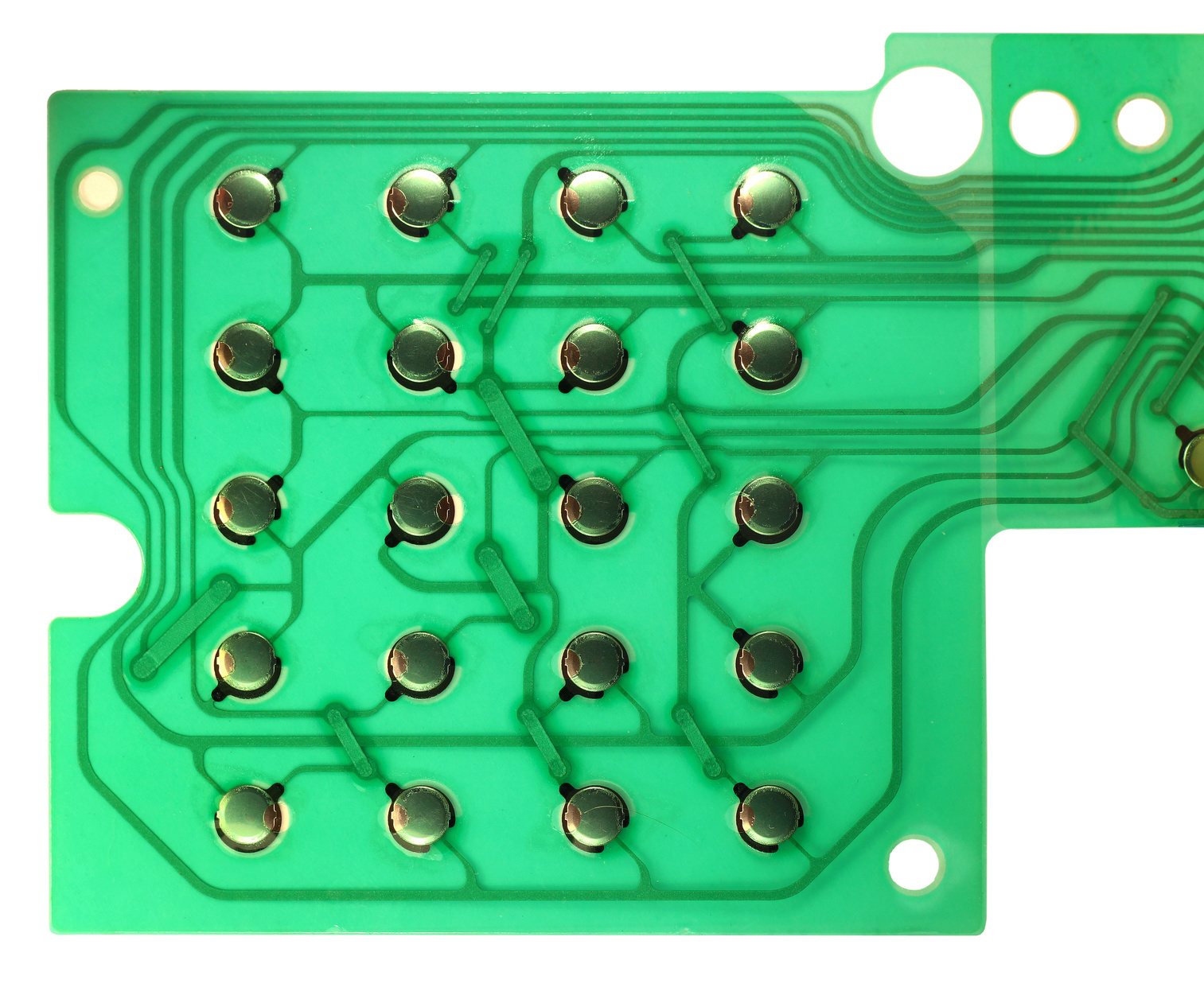Just How a Membrane Switch Enhances User Experience and Gadget Effectiveness
Just How a Membrane Switch Enhances User Experience and Gadget Effectiveness
Blog Article
Recognizing the Performance of Membrane Switches Over for Interface Devices
The capability of membrane switches represents a significant innovation in interface layout, combining efficiency with aesthetic versatility. These buttons run with a multi-layered framework that equates customer interactions right into electrical signals, enabling for both portable layouts and strength versus environmental elements. As industries progressively focus on individual experience, understanding the nuances of membrane layer button modern technology ends up being essential. What effects do these developments hold for future applications, and how might they redefine individual interactions throughout various tools?
What Are Membrane Layer Switches?
Membrane layer switches are ingenious user interface gadgets that promote individual interaction with digital devices. These versatile elements include multiple layers, consisting of a visuals overlay, spacer, and a published circuit layer. The style permits a smooth combination into various electronic gadgets, boosting both the visual and useful elements of user interfaces.
Membrane layer buttons are typically used in a vast array of applications, from family devices to industrial machinery and medical tools. Their building generally includes a slim profile, making them a suitable option for portable styles. The tactile feedback provided by these switches can be engineered to fulfill specific user choices, guaranteeing effective communication between the customer and the gadget.
Sturdiness is an additional substantial benefit of membrane layer buttons, as they are immune to dirt, dampness, and chemicals, which improves their lifespan in requiring environments. Additionally, these switches can be tailored in terms of form, dimension, and graphic style, permitting branding and user-specific attributes. Generally, membrane switches represent a sensible solution for improving customer experience in digital gadgets, incorporating functionality with aesthetic charm in an effective way.
How Membrane Layer Switches Over Job
Operating on an uncomplicated principle, membrane changes use a split building to sign up customer input properly. Each button includes several layers, including a published circuit layer, a spacer layer, and a top graphic layer, which are developed to collaborate effortlessly. When a customer presses the top layer, it presses the spacer layer, bringing the conductive aspects of the circuit layer right into contact with each other.
This get in touch with produces a shut circuit, signaling the device to execute a details function. The design permits various setups, including responsive responses, which can enhance the user experience by supplying a physical sensation upon activation. The materials made use of in membrane layer switches frequently include versatile substrates, such as polyester or polycarbonate, which guarantee toughness and resilience against deterioration.

Trick Advantages of Membrane Layer Switches

One more considerable benefit is their compactness. Membrane layer buttons are thin and light-weight, which makes it possible for manufacturers to save space in their gadgets without giving up functionality. This feature is specifically advantageous in applications where weight and quantity are essential considerations.
Furthermore, membrane switches are resistant to dirt, wetness, and chemicals, enhancing their toughness. This strength expands their lifespan and minimizes the need for constant replacements, leading to cost savings over time.
Moreover, the tactile feedback offered by membrane layer buttons can be optimized to boost user interaction. They can include features such as raised buttons or distinct clicks, boosting use and user experience.
Applications Across Industries
Interface devices utilizing membrane buttons prevail in a wide selection of sectors, showcasing their adaptability and performance. Membrane Switch. In the clinical field, membrane layer switches are important to devices such as analysis equipment and client tracking systems, where their sturdiness and ease of cleaning are critical for preserving health criteria. Similarly, in the automotive market, these buttons are employed in dashboard controls and infomercial systems, supplying a sleek and contemporary user interface for individuals.
In addition, the consumer electronics field gain from membrane layer switches in appliances and handheld devices, where portable layout and user-friendly user interfaces enhance user experience. Industrial applications likewise take advantage of membrane switches over for control panels in machinery and automation systems, stressing their toughness and resistance to severe atmospheres.
In the aerospace and defense markets, membrane layer switches are used in cockpit controls Learn More and devices, where dependability and efficiency under severe problems are critical. Furthermore, the pc gaming industry significantly integrates membrane layer switches in controllers and arcade machines, adding to an engaging customer experience. In general, the adaptability of membrane switches allows their widespread use throughout countless sectors, highlighting their significance in contemporary interface style.
Future Trends in Membrane Layer Change Innovation

Additionally, the use of advanced materials, such as polycarbonate and polyester films, is anticipated to climb, giving boosted longevity and resistance to ecological stressors. These products add to the general long life of membrane layer buttons, making them suitable for harsher industrial applications.
In addition, the unification of wise technology, including IoT connection, will certainly allow membrane layer buttons to communicate with various other devices and systems, promoting a more interactive user experience. This trend aligns with the growing need for smart devices across different markets, from health care to customer electronics.
Finally, customization options are anticipated to increase, permitting producers to create bespoke services customized to specific individual demands and choices. These growths will certainly position membrane layer buttons as important parts in the advancement of interface technology.
Final Thought
In final thought, membrane changes stand for an essential advancement in user interface innovation, providing a trustworthy and functional service for varied digital applications. As improvements in material science and touch picking up modern technologies proceed, the capability and applicability of membrane switches are expected to broaden, strengthening their value in modern electronic tools.
Report this page